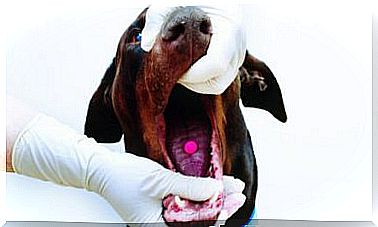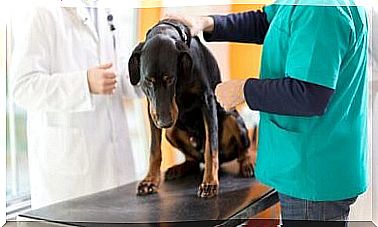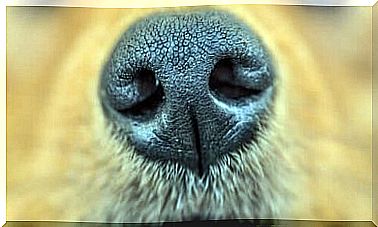Urinary Tract Diseases In Cats: Symptoms And Treatment
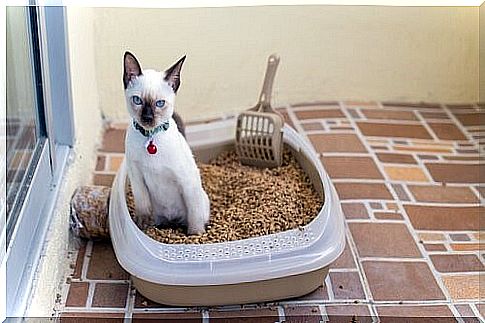
If you have a cat, you probably know that they are more prone to kidney and bladder problems. However, in some cases there are no clear symptoms. Therefore, today we want to tell you how you can identify and treat urinary tract diseases in cats in good time.
We also tell you what care your pet needs if it has survived an illness and how you can prevent it from recurring.
What you should know about urinary tract disease in cats
Urinary tract problems are very common in cats and can be quite painful. Unlike dogs , cats don’t drink much water. Therefore her urine is more concentrated. And that’s exactly one of the main reasons they’re so prone to urinary tract infections.
The most common urinary tract diseases in cats are: urolithiasis (urinary stones), nephritis (inflammation of the kidneys) and cystitis (inflammation of the bladder). Since the symptoms of these diseases are very similar, usually only the veterinarian can make the exact diagnosis.
Therefore, you should pay close attention to the symptoms she is showing. Watch your cat urinate or use the litter box. However, you should know that some cats have no symptoms whatsoever.
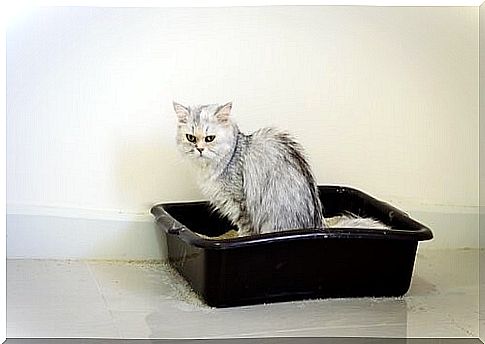
If your cat has a urinary tract infection, it will likely have great difficulty urinating . In addition, it will only excrete very small amounts of fluid. Other signs may include urinating outside the litter box or crying or meowing when in the litter box.
If the infection is more advanced, there may be blood in the urine or a fever.
Identifying and treating urinary tract infections in cats
Although urinary tract diseases can occur at any age , they are more common in adulthood and in obese cats. Even in animals that live in very small spaces that are easily stressed due to various reasons or are sterilized, to develop urinary tract infections.
If you suspect your cat may have an infection, it is very important that you take your pet to a veterinarian. In addition to analyzing exactly what symptoms you’ve experienced, he will perform various tests – including a blood test and urine sample – to help make a diagnosis.
Treatment will depend on the type of infection and your cat’s general health. But in most cases it is done with antibiotics or other drugs that relax the urethra and prevent further blockages in the urinary tract.
In severe cases, the veterinarian can be accomplished by inserting a catheter – under anesthesia – ensure that the urine flows easier ß t. He will also provide your cat with fluids intravenously. The cat will likely need to stay in a veterinary clinic for at least two days.

Follow-up care and prevention
Once the animal has recovered from the infection, you should take steps to prevent it from recurring. First of all, encourage them to drink more water. This makes it easier for toxins to be expelled from the body.
Ask your vet what wet foods and foods are best for a cat with urinary tract problems. There is special low-sodium food. Too much sodium prevents the kidneys from working properly.
It is very important that you clean the litter box every day to prevent the bacteria and viruses that cause infections from multiplying. You should give your cat a quiet and happy life to avoid feeling anxious or stressful.
In addition, we recommend that you play a little more with your pet to avoid a sedentary lifestyle and obesity. These factors are very harmful to your cat’s health.
Of course, if you see any symptoms or changes in the animal’s behavior in relation to using the litter box, you should see a vet.
Make sure your cat is treated as soon as possible. There is no point in waiting, as this will only make the condition worse.



